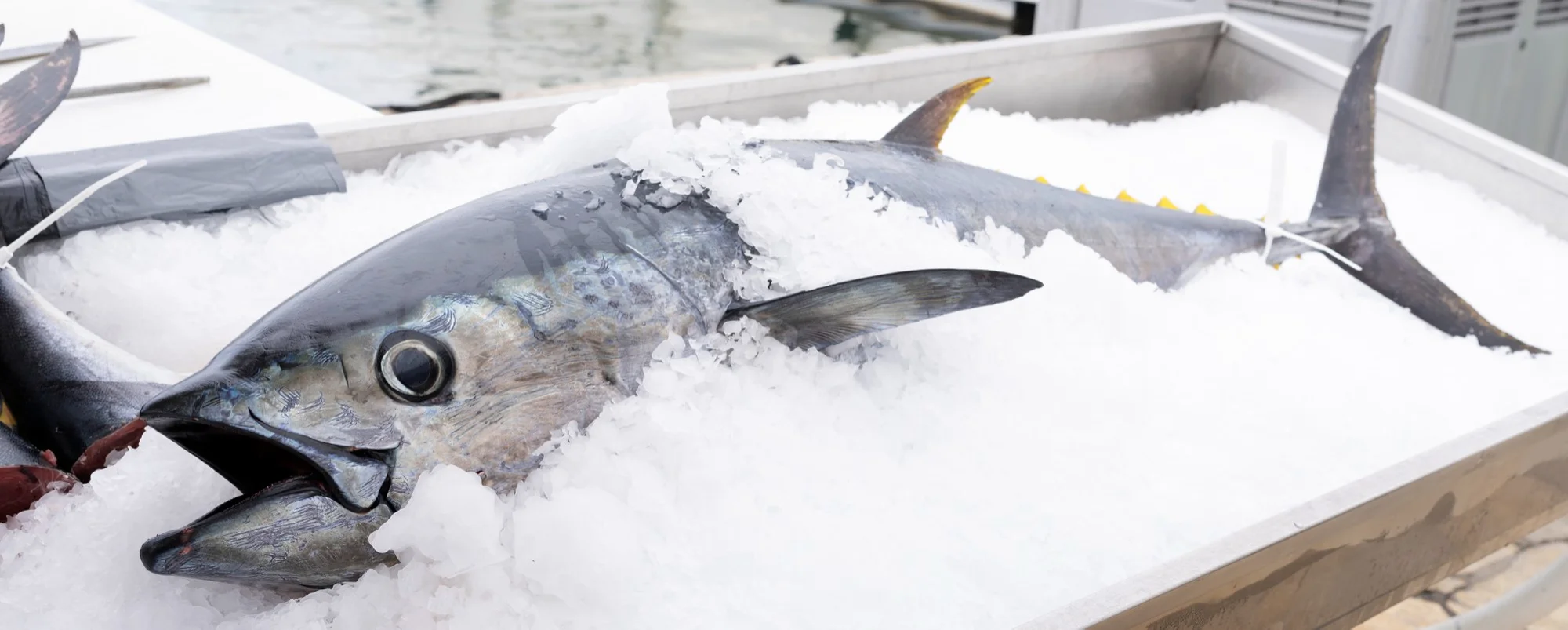Aquaculture has been a flourishing industry, providing a significant proportion of the global demand for fish. However, as the sector grows, so do the challenges associated with fish health and environmental impacts. One of the most pressing issues in salmon farming is managing the parasitic infestation caused by salmon lice, Lepeophtheirus salmonis, which has posed a threat to both farmed and wild fish populations. In recent years, research efforts have increased in the search for environmentally sustainable delousing methods, with hyposaline treatments emerging as a contender. A study published in “Scientific Reports” provides meaningful insights into the effectiveness of using low salinity conditions to manage salmon lice infestations.
Study Overview
Published on May 6, 2019, with the Digital Object Identifier (DOI) 10.1038/s41598-019-43533-8, the study “The effectiveness of hyposaline treatments against host-attached salmon lice” explored how these parasites respond to decreased salinities. Led by Michael Sievers from the Institute of Marine Research in Matredal, Norway, and associated with the Australian Rivers Institute – Coast and Estuaries at Griffith University, the study conducted experiments observing louse development and survival at varying salinity levels, specifically at 4, 12, 19, and 26 ppt.
Key Findings
The research concluded that the survival of lice decreased with increased exposure times at 4 ppt, but was otherwise unaffected at higher salinities. These findings suggest that hyposaline treatments could indeed be a valid option for managing lice on salmon farms. It was also noticed that free-swimming stages of the parasite are particularly susceptible, while attached copepodids proved more tolerant than initially expected based on previous developmental stage experiments.
Implications for Aquaculture
The implications of this study extend well beyond scientific understanding and have a direct bearing on the aquaculture industry. The ability to effectively manage salmon lice without resorting to chemical treatments speaks to both the environmental and economic benefits, as the study notes a decrease in effectiveness and rising costs associated with traditional lice treatments.
Modeling Host-Parasite Dynamics
These experimental results feed into a larger framework for predictive modeling of host-parasite interactions within fish farming environments. By incorporating the variable of salinity and its impact on salmon lice, models can better predict and potentially mitigate the transfer of parasites from farm fish to wild populations.
Limitations and Further Research
While the study is a step forward, it also outlines the need for further research. The behavior of salmon lice in fluctuating environmental conditions over long periods and the potential for resistance development are areas highlighted for additional investigation.
Potential Impact on Wild Salmon Populations
Salmon, well known for their migration from freshwater to the sea and back again, could potentially use areas of lower salinity as natural delousing mechanisms, allowing them to self-treat as noted in the study. By understanding these dynamics, the study contributes to the development of strategies that could protect wild salmon populations, thereby benefiting ecosystem health and the sustainability of wild fisheries.
References
1. Sievers M. et al. (2019). The effectiveness of hyposaline treatments against host-attached salmon lice. Sci. Rep. 9, 6976. DOI: 10.1038/s41598-019-43533-8.
2. Costello, M. J. (2009). How sea lice from salmon farms may cause wild salmonid declines in Europe and North America and be a threat to fishes elsewhere. Proc. R. Soc. Lond., Ser. B: Biol. Sci., 276, 3385-3394. DOI: 10.1098/rspb.2009.0771.
3. Glover, K. A. et al. (2017). Half a century of genetic interaction between farmed and wild Atlantic salmon: Status of knowledge and unanswered questions. Fish and Fisheries, 18, 890-927. DOI: 10.1111/faf.12214.
4. Hamre, L. A. et al. (2013). The Salmon Louse Lepeophtheirus salmonis (Copepoda: Caligidae) Life Cycle Has Only Two Chalimus Stages. PLoS ONE, 8(9):e73539. DOI: 10.1371/journal.pone.0073539.
5. Taranger, G. L. et al. (2015). Risk assessment of the environmental impact of Norwegian Atlantic salmon farming. ICES J. Mar. Sci., 72, 997-1021. DOI: 10.1098/rspb.2009.0771.
Keywords
1. Salmon Lice Treatment
2. Hyposaline Aquaculture
3. Eco-friendly Lice Management
4. Salmon Farming Sustainability
5. Wild Salmon Parasite Control
In conclusion, the study’s findings are foundational in the effort to develop cost-effective, environmentally friendly lice control methods. The application of hyposaline treatments in aquaculture could be instrumental in reducing the dependency on chemical treatments, thereby promoting better fish welfare and reducing environmental impacts. Such developments mark a new era of sustainability in fish farming, ensuring the continued production of this valuable food resource while preserving natural ecosystems.
